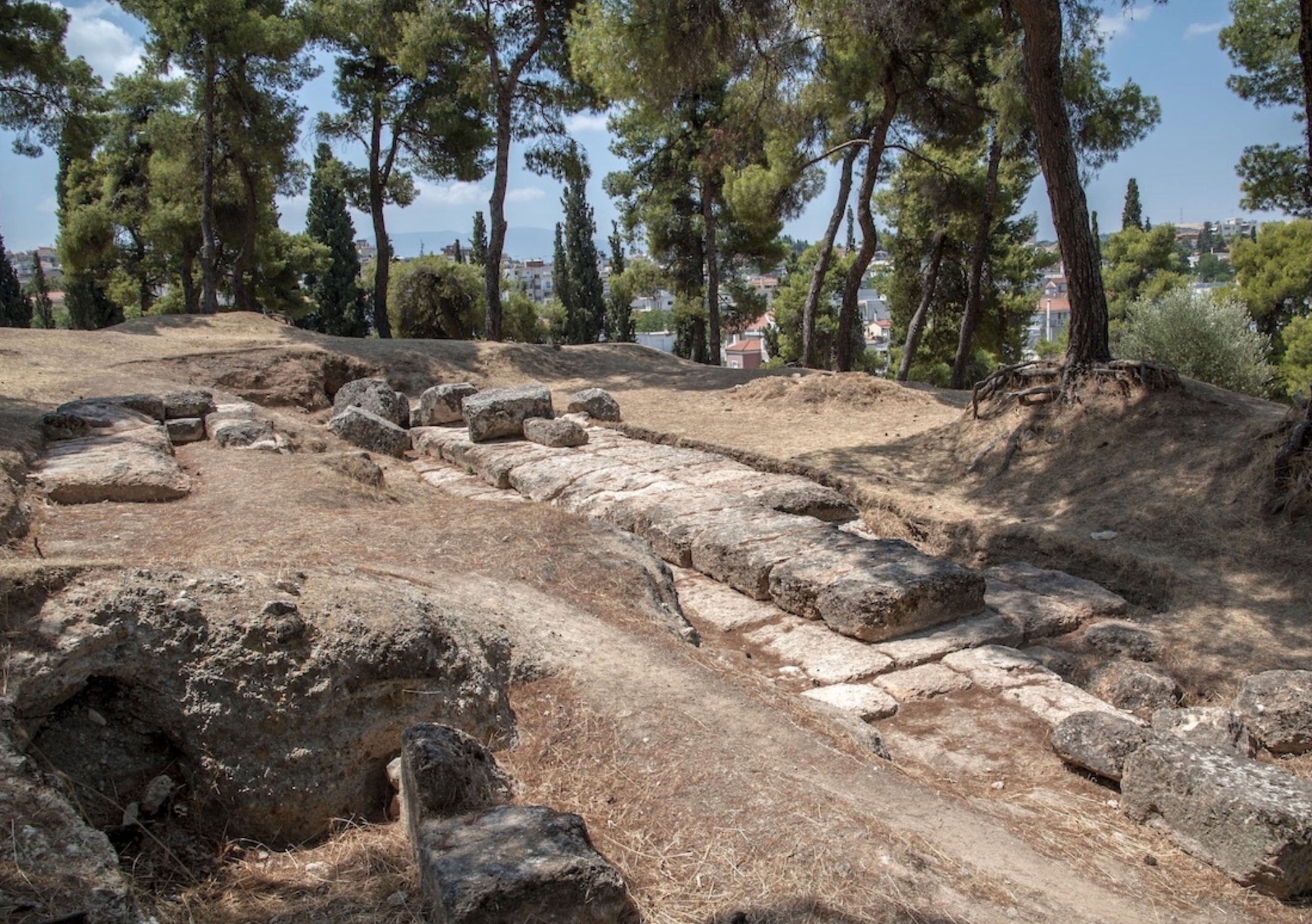1. Excavation Report: LiDAR Operation in Boeotia: Akraiphia and the Vale of the Muses

Published
2022-07-04
How to Cite
Lucas, T., & Garcia Sanchez, J. (2022). 1. Excavation Report: LiDAR Operation in Boeotia: Akraiphia and the Vale of the Muses. Teiresias Journal Online, 1(1). https://doi.org/10.17879/tjo-2022-4312
Issue
Section
1. Excavation Reports
License

This work is licensed under a Creative Commons Attribution-NonCommercial 4.0 International License.

